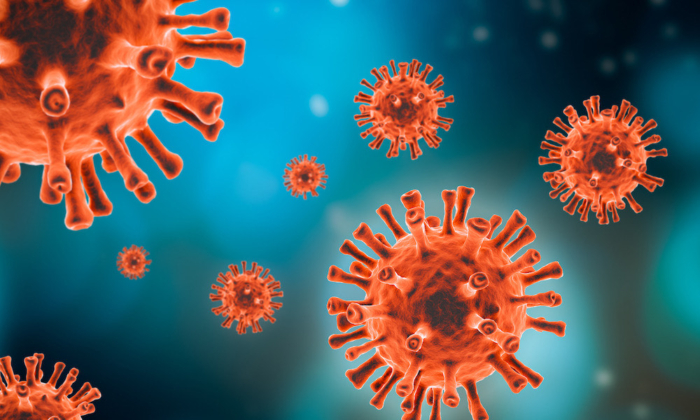
www.uptodate.com
Spike Protein From mRNA Differs from Post-Infection Spike Protein
According to the study, spike proteins originating from the translation of mRNA vaccines differ from natural spike proteins that circulate in biological fluids post-infection because two proline amino acids replaced the amino acids lysine and valine to help stabilize the synthetic spike generated by vaccination.
This double amino acid variation removed a tryptic digestion site (a necessary part of protein absorption) on the natural spike protein. Because of this, researchers said it is possible to differentiate between natural and synthetic spike protein in biological fluids using tryptic digestion followed by mass spectrometry analysis.
Utilizing these techniques,
researchers detected specific fragments of synthetic spike protein in about 50 percent of subjects who received mRNA vaccines. The synthetic spike protein was detected from 69 to 187 days following vaccination. All samples from the unvaccinated control group were negative, including the 20 individuals who had tested positive after contracting COVID-19.

www.theepochtimes.com
In a
recently published paper in Biomedicines, data show the design of the mRNA COVID-19 vaccines allows uncontrolled biodistribution, durability, and persistent bioavailability of the spike protein inside the body after vaccination.
“
The lipid-nanoparticle matrix permits widespread biodistribution of mRNA gene codes to cells in most or all organs” and could potentially damage tissues and cause disease, researchers concluded.
A study published in November 2021 in the
Journal of Immunology found exosomes expressing spike protein 14 days after vaccination with mRNA COVID-19 vaccines. A spike protein increase was observed four months following the second vaccine dose and increased following booster doses.
In a January 2023 study published in the
Journal of Pathology, Microbiology, and Immunology, researchers found full-length or traces of SARS-CoV-2 spike mRNA in some patient samples up to 28 days after COVID-19 vaccination, indicating prolonged spike protein production.
A study published in March 2022 in Cell found vaccine mRNA in lymph nodes on days 7, 16, and 37 following vaccination, with lower but still appreciable levels at day 60. Immunohistochemical staining for spike antigen in mRNA-vaccinated patient lipid nanoparticles in some individuals showed an abundant amount of spike protein 16 days after the second dose, with spike antigen “still present as late as 60 days post-second dose,” researchers said.
A Pfizer Japanese
biodistribution study showed COVID-19 vaccine spike protein can travel from the injection site through the blood and accumulate in organs and tissues, including the spleen, bone marrow, liver, adrenal glands, and ovaries. Vaccine mRNA was present from the day of vaccination and persisted in the bloodstream for weeks after vaccination.
A February 2022 study published in
Current Issues in Molecular Biology shows
reverse transcription of vaccine mRNA into DNA using human liver cell lines. Additional studies have shown RNA from SARS-CoV-2
can be reverse-transcribed and integrated into the genome of cultured human cells—and expressed in patient-derived tissues or by
virus-infected cells.
To date, pharmacokinetic and pharmacodynamic data on mRNA COVID-19 vaccines is limited. Pharmacokinetics is the study of how the body responds to administered substances throughout the entire duration of exposure. Pharmacodynamics assesses the drug’s effect on the body more closely. Understanding how long spike protein is produced by the body and how long it is present in biological tissues
could explain the unprecedented number of adverse events that appear to be associated with the spike protein produced by vaccines.




